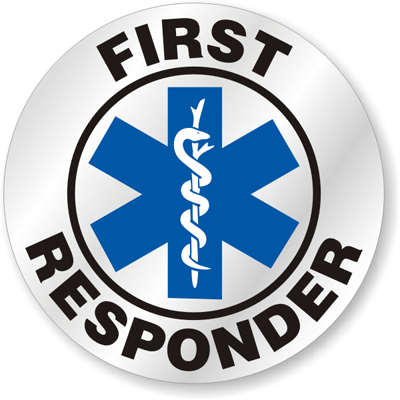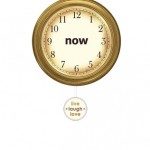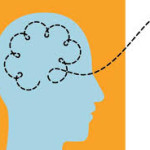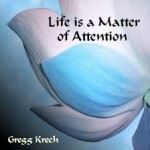Let’s explore attention as it relates to mindfulness and stress by starting with a baseline definition:
“Attention is the behavioral and cognitive process of selectively concentrating on a discrete aspect of information, whether deemed subjective or objective, while ignoring other perceivable information. Attention has also been referred to as the allocation of limited processing resources.[1]
Attention remains a major area of investigation within education, psychology, neuroscience, cognitive neuroscience, and neuropsychology. Areas of active investigation involve determining the source of the sensory cues and signals that generate attention, the effects of these sensory cues and signals on the tuning properties of sensory neurons, and the relationship between attention and other behavioral and cognitive processes like working memory and vigilance. A relatively new body of research, which expands upon earlier research within neuropsychology, is investigating the diagnostic symptoms associated with traumatic brain injuries and their effects on attention. Attention also varies across cultures.[2]
The relationships between attention and consciousness are complex enough that they have warranted perennial philosophical exploration. Such exploration is both ancient and continually relevant, as it can have effects in fields ranging from mental health and the study of disorders of consciousness to artificial intelligence and its domains of research and development.”
Attention as it relates to mindfulness and stress is all of the above and more. We need something to steer awareness/consciousness and that is attention. Attention is like a rudder in a boat. We need the rudder to plot a course and take us from place to place. Applied to stress, attention is the game changer. When we go into a stress reaction our main coping mechanism is an ability to disconnect as a way of protecting us from anything unpleasant that may happen. We disconnect from all that is us…our bodies, thoughts, emotions and breath. In addition, there is a tendency to remain disconnected over a period of time thus perpetuating the fight or flight response. It’s “as if” the body senses when we are disconnected and interprets that as meaning there is still danger present. As long as the body interprets it that way, it is going to continue the disconnection as a way of coping with the fear of present danger. It’s really a catch 22 in that we won’t come out of fight or flight until we sense there is no more danger and we won’t let go of that fear until we reconnect to the body.
This reconnecting after fight or flight used to be a natural process that kicked in smoothly and returned us to balance. This doesn’t seem to be happening like it used to. It seems like we need to take an extra step to help facilitate that process. That extra step is mindfulness. It teaches us how to reconnect from everything that we disconnected from as a result of fight or flight. As we reconnect to the body, thoughts, emotions and breath it is “as if” the body senses that because of this reconnection it is safe to assume that the danger has passed. When this assumption takes place the body shifts the autonomic nervous system back into balance and brings us out of fight or flight.. That, in a nutshell, is the relationship of attention to mindfulness and stress.






